
Canadian Photographer Snaps Stunning Images Of Wildlife Roaming Residential Areas
Corey Arnold is a Portland-based photographer who has made a name for himself as a commercial fisherman and wildlife photographer.
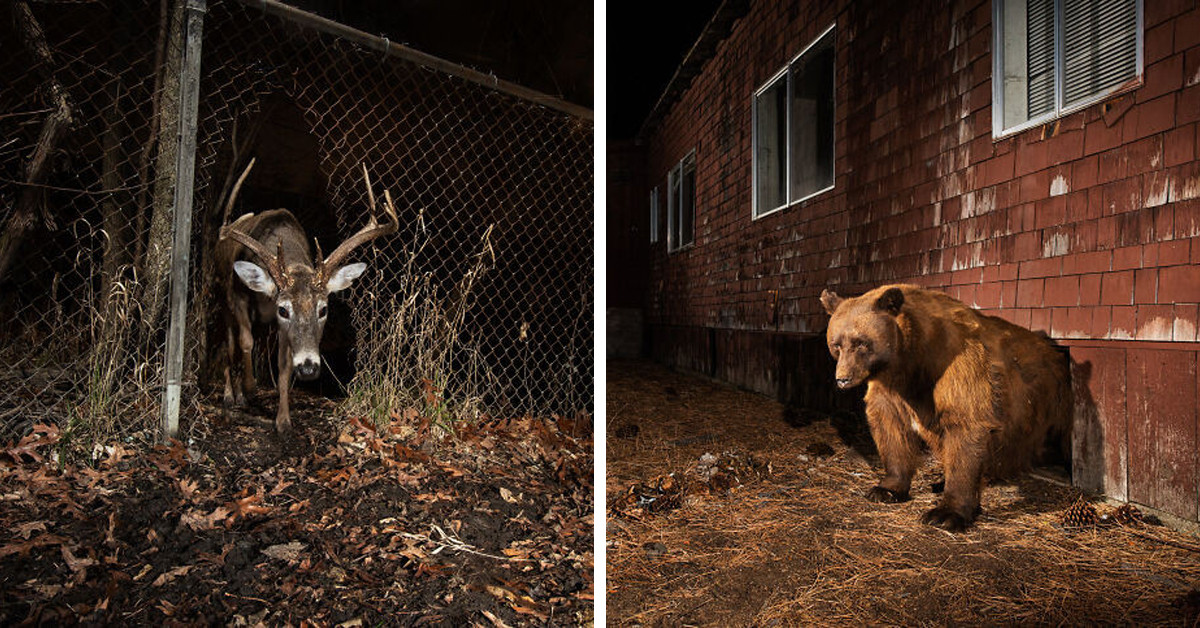
Often, urban environments and the wild are thought of as separate entities, but the reality is, the lines between the two are increasingly blurring. Wild animals, driven by various factors, are frequently found venturing into urban settings.
There could be several reasons behind these unexpected visits. Natural habitats might be dwindling due to deforestation or urban expansion, compelling animals to seek new territories and resources in urban locales.
Based in the scenic Columbia River Gorge, in White Salmon, Washington, Corey Arnold is a renowned photographer who has carved out a niche for himself in the realm of commercial fishing and wildlife photography.
His portfolio is an exploration of the dynamic between humans and the natural world, with a specific emphasis on the wilderness of Alaska. Arnold has devoted years to chronicling global fisheries, but his latest project, "Cities Gone Wild," showcases how urban habitats are inhabited and navigated by wild animals.
The striking resilience of creatures such as coyotes, black bears, and raccoons, thriving in the urban sprawl and cohabitating with humans, is captured in Arnold's photographs. The "Cities Gone Wild" series offers an innovative viewpoint on urban wildlife, with Arnold's images depicting coyotes scurrying past towering high-rises, raccoons scavenging for food in narrow alleys, and bears nonchalantly ambling through city neighborhoods.
Garnering the interest of art aficionados and wildlife lovers alike, the series has also received critical praise. Notably, Arnold's project clinched the top spot in the Wildlife & Nature category at the 2023 Sony World Photography Awards.
1. Friends
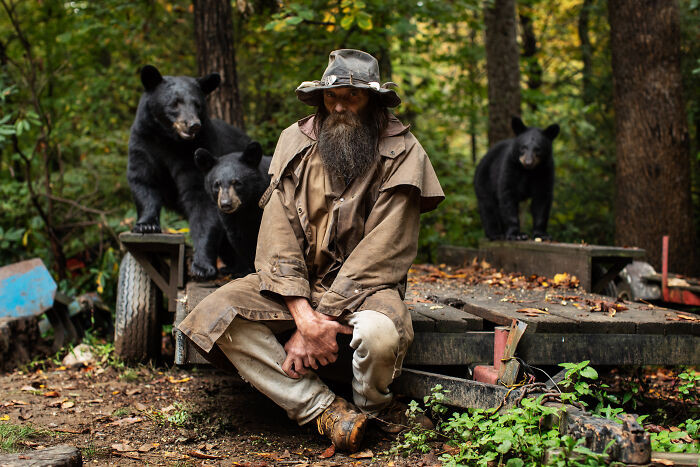 Corey Arnold
Corey ArnoldThe photographer said: “My father was a hardcore amateur photographer and bought me a 35mm Pentax K1000 camera when I was 12. I seemed to have a knack for it at an early age, and I was often praised for not cutting the heads off of my subjects in family photos.
Growing up in Southern California, we had coyotes roaming in our backyard every night and lost many cats to them. Raccoons are also used to raid the dog food and leave the water bowl full of puffed-up dog food bits they left floating in the water.
I've always been an animal lover, but what particularly interests me is how humans relate to the animal world and how animals are adapting to life in an altered landscape of our own creation. In Cities Gone Wild, I'm exploring the lives of urban coyotes, raccoons, and black bears, three animals that have cracked the code and are thriving in greater numbers living close to humans than in the wild.”
2. Looking for something?
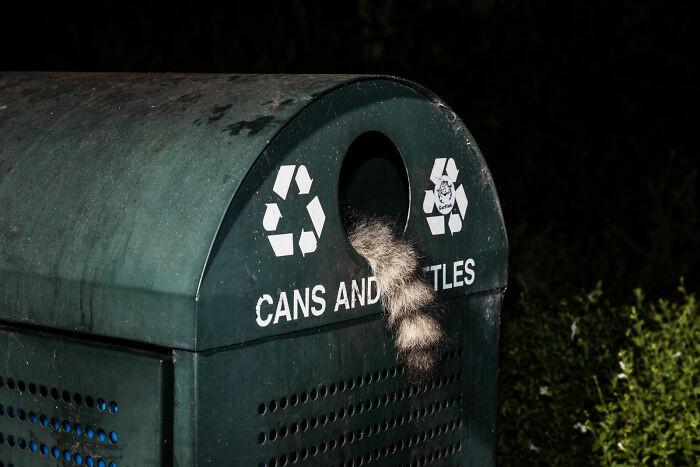 Corey Arnold
Corey Arnold3. This is tight
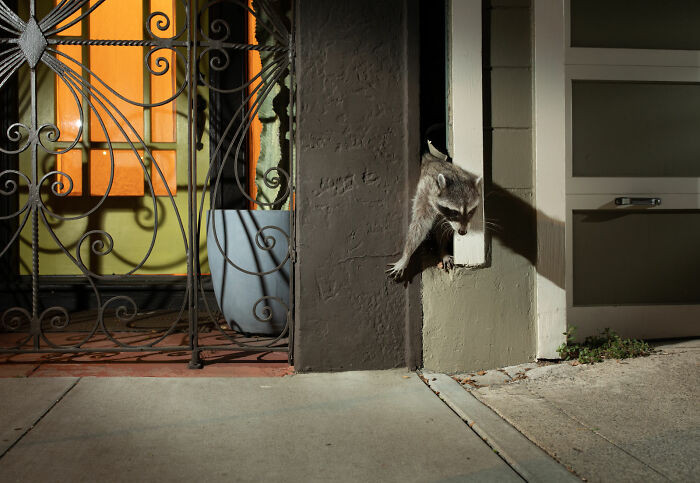 Corey Arnold
Corey Arnold
4. A group of friends
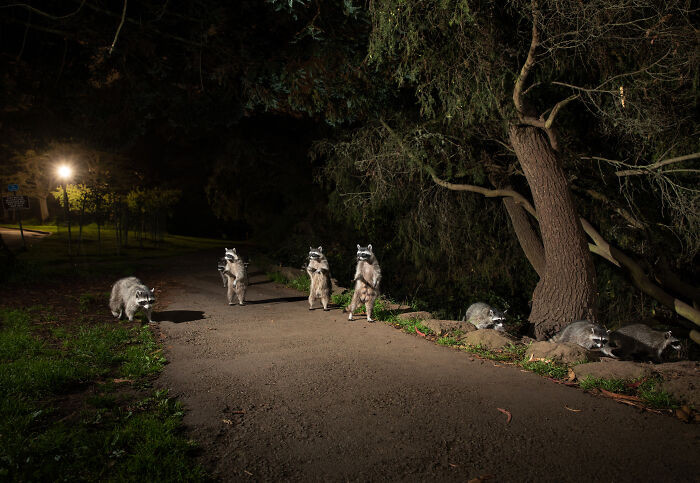 Corey Arnold
Corey Arnold5. Gymnastics
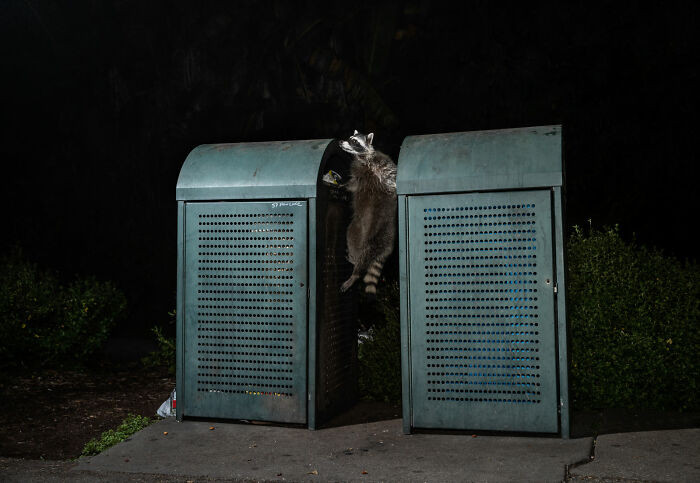 Corey Arnold
Corey Arnold
6. Tight fit
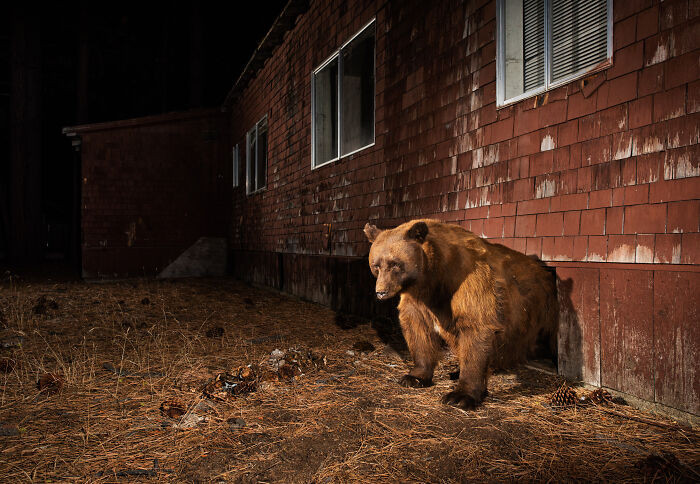 Corey Arnold
Corey Arnold7. Waiting for that night train
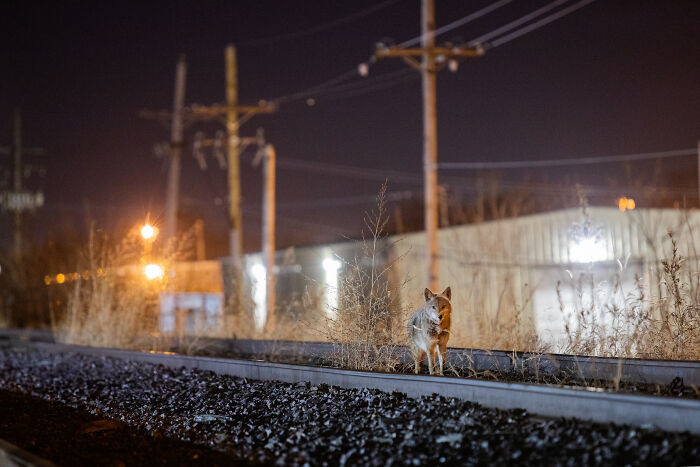 Corey Arnold
Corey Arnold
8. All alone in the big city
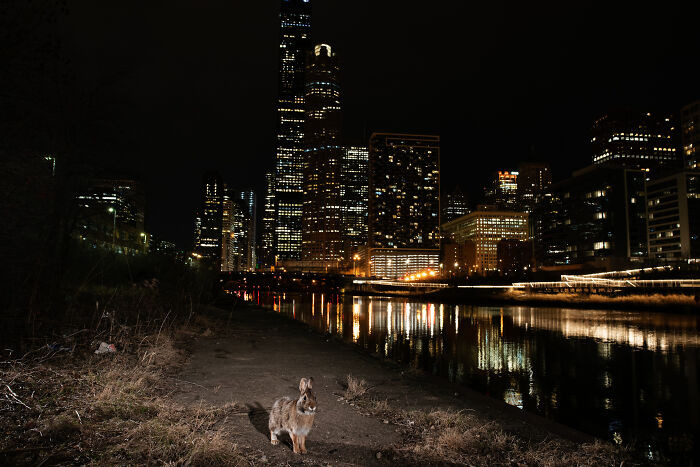 Corey Arnold
Corey Arnold9. Good company
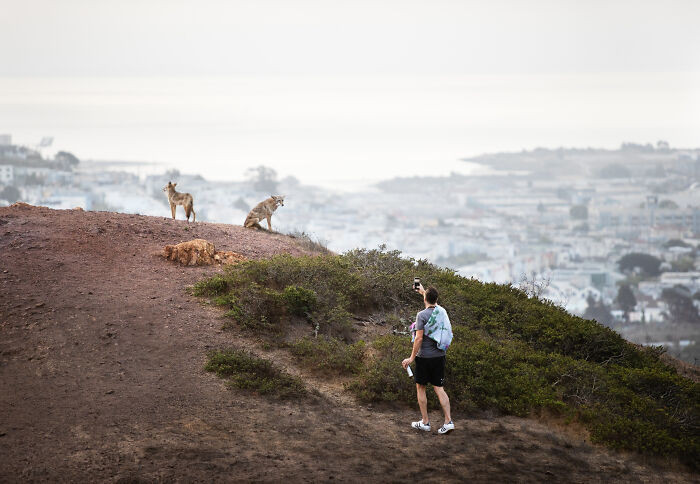 Corey Arnold
Corey Arnold
10. Over the fence
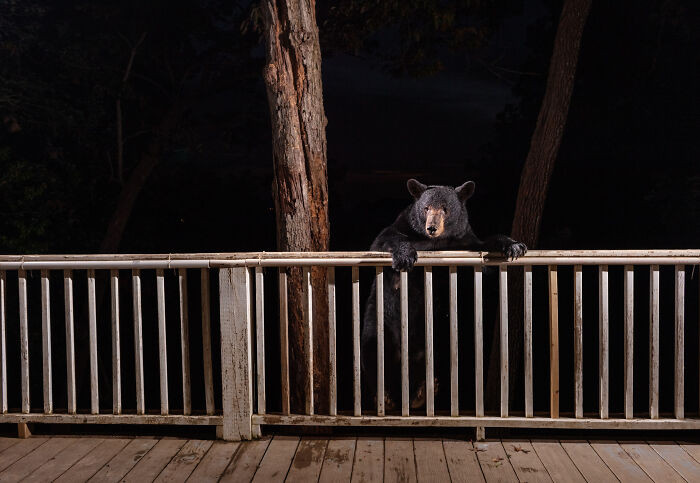 Corey Arnold
Corey Arnold11. Climbing
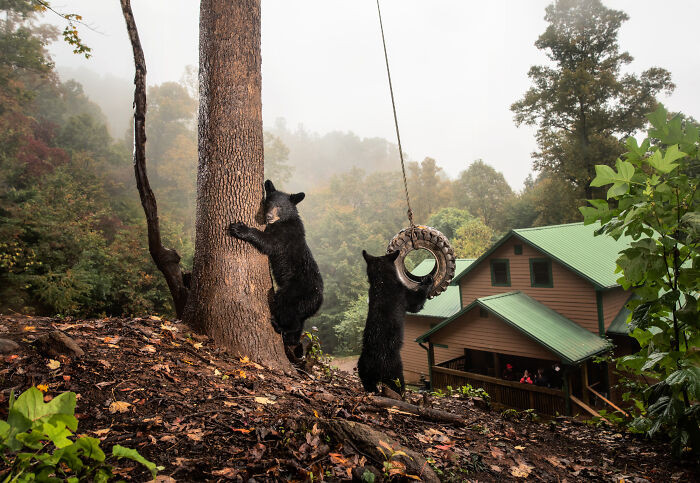 Corey Arnold
Corey Arnold
12. Out for lunch
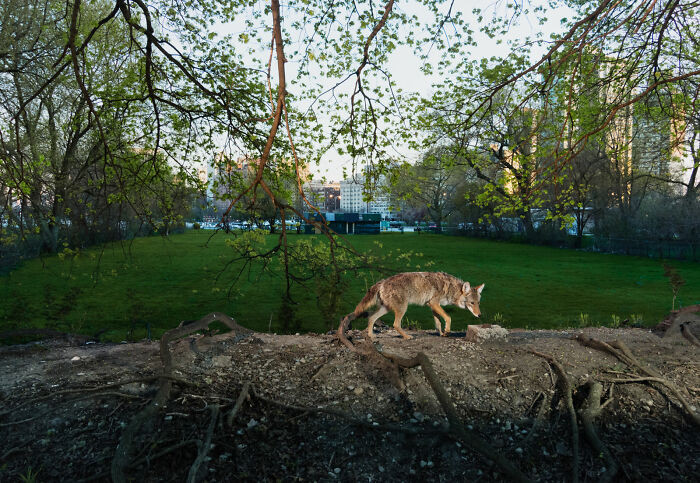 Corey Arnold
Corey Arnold13. Hi there
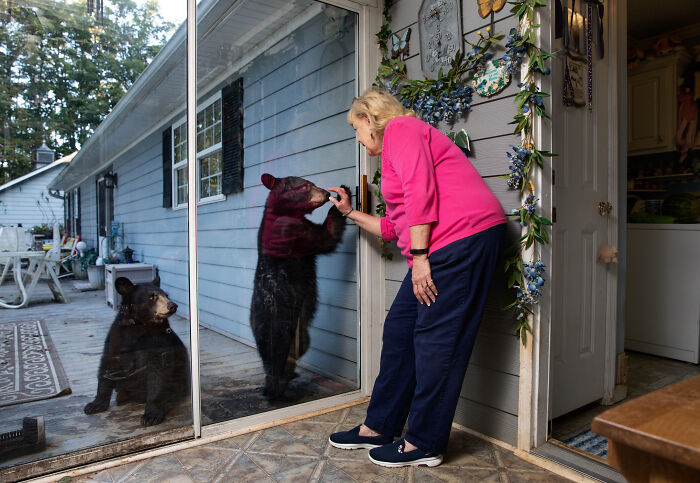 Corey Arnold
Corey Arnold
14. Early morning call
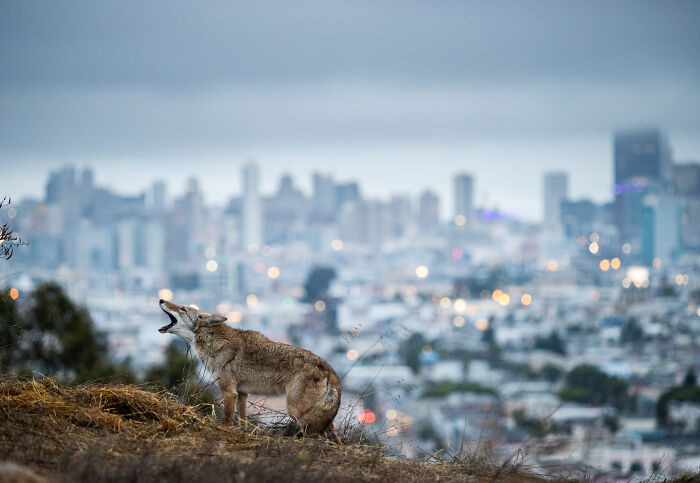 Corey Arnold
Corey Arnold15. Just looking at you
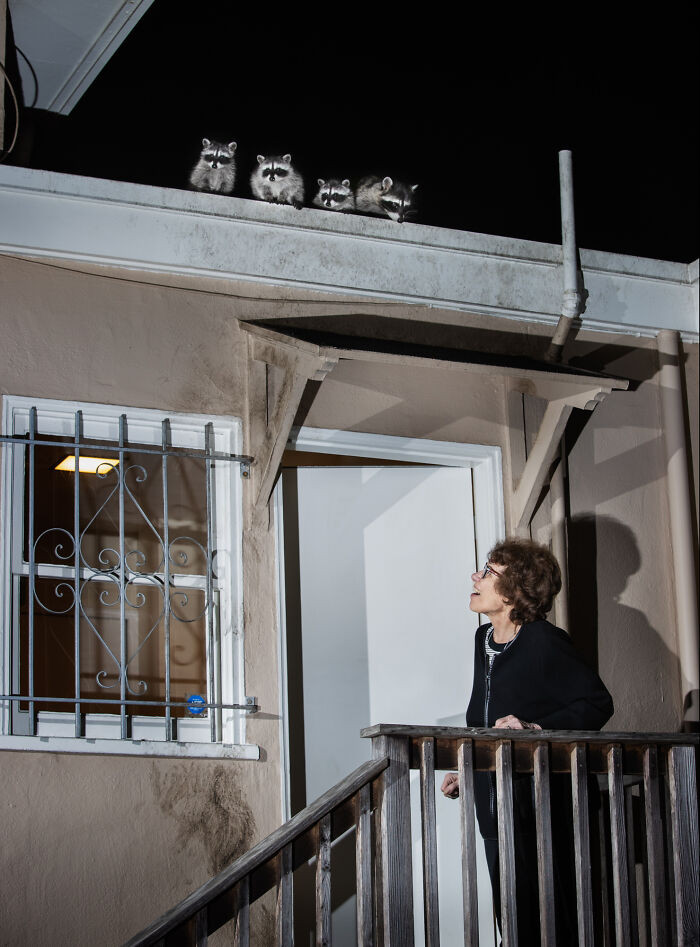 Corey Arnold
Corey Arnold16. Found a spot
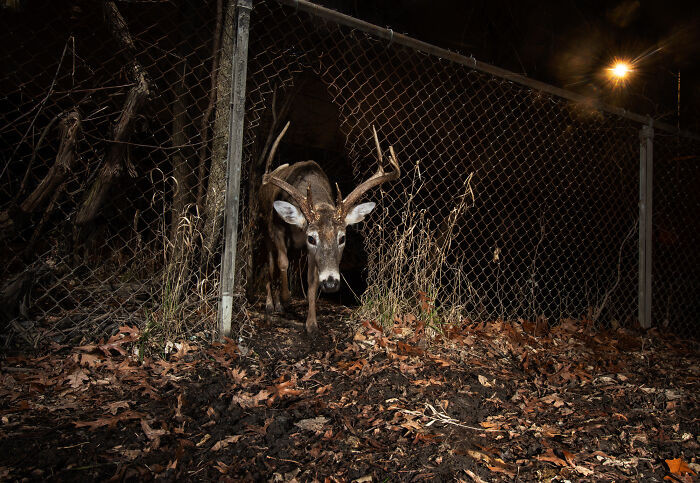 Corey Arnold
Corey Arnold17. Don't come down
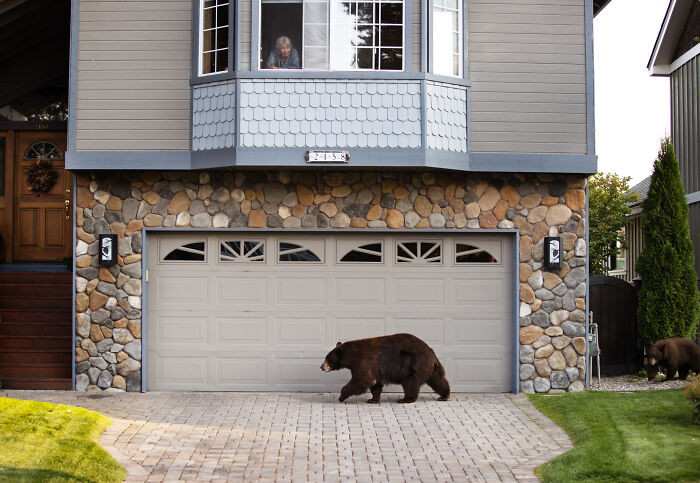 Corey Arnold
Corey Arnold
18. When people sleep
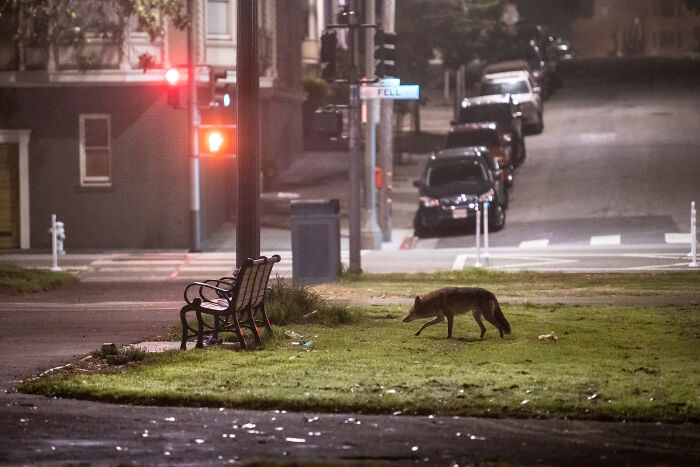 Corey Arnold
Corey Arnold
19. Here i come
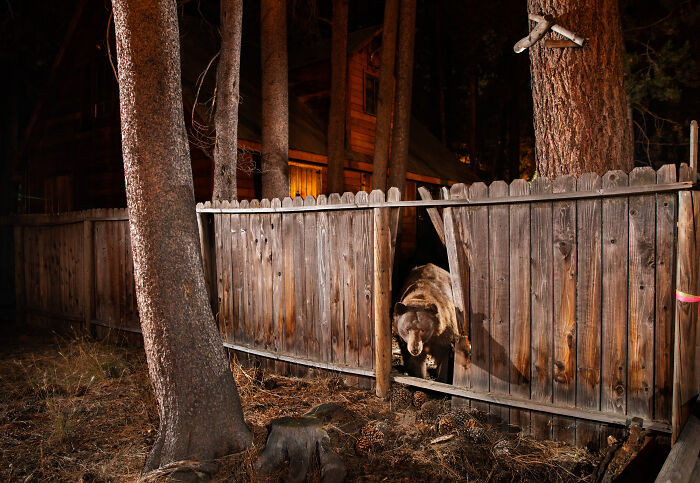 Corey Arnold
Corey Arnold
20. Lonely night
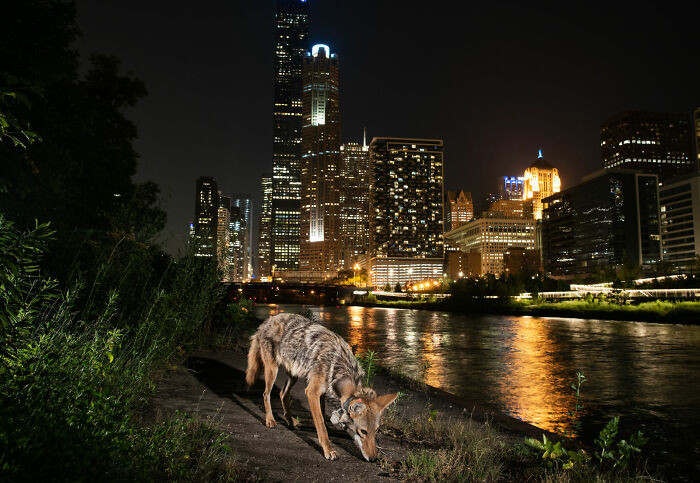 Corey Arnold
Corey Arnold
21. Found something
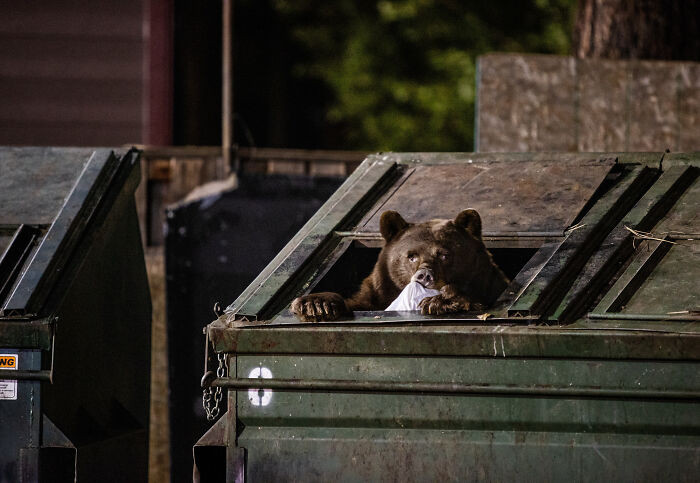 Corey Arnold
Corey Arnold
22. Alone and sad
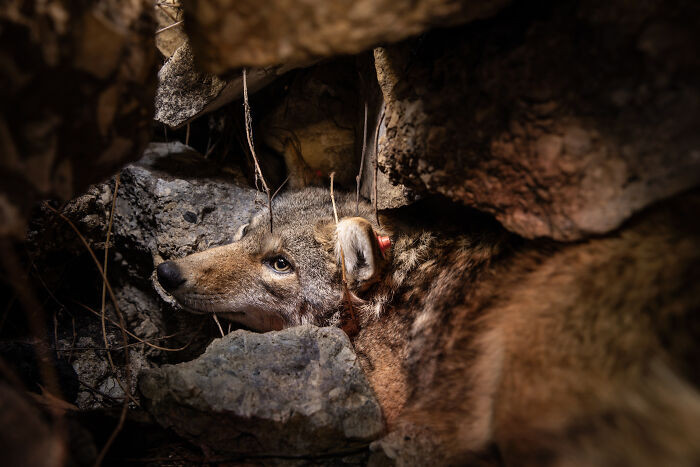 Corey Arnold
Corey Arnold
23. Oh, my
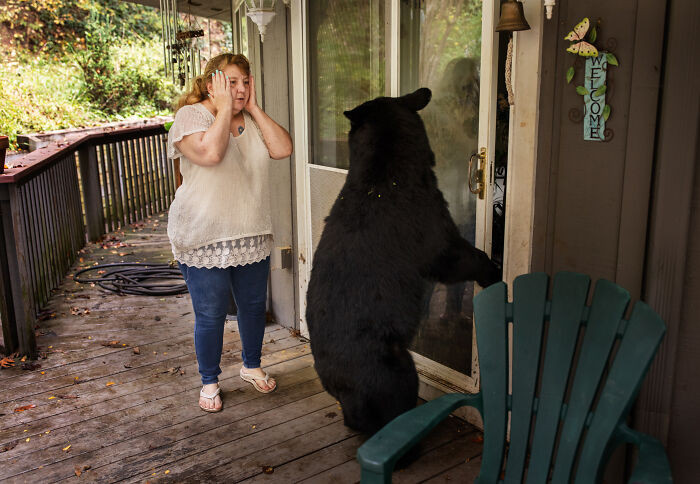 Corey Arnold
Corey Arnold
24. Spot the animal
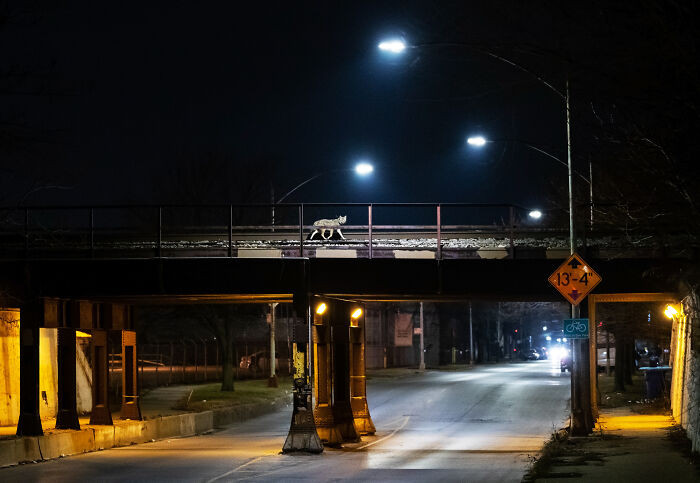 Corey Arnold
Corey Arnold
25. Released into the wild
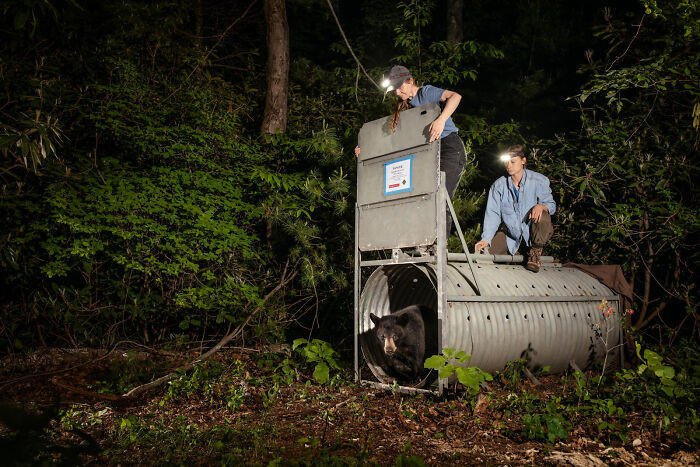 Corey Arnold
Corey Arnold
26. Saved
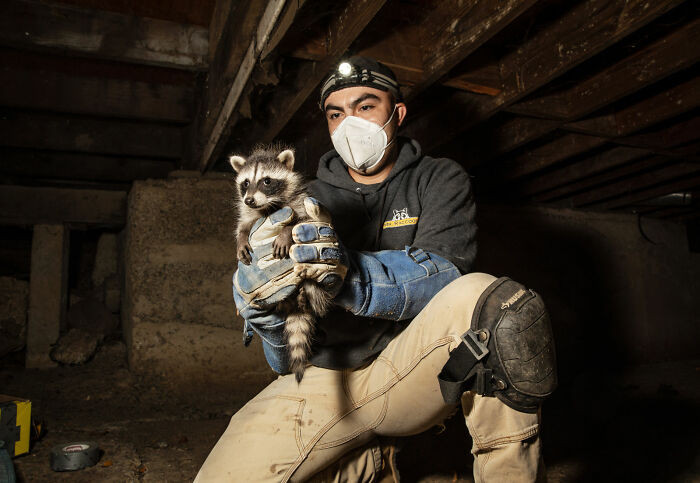 Corey Arnold
Corey Arnold
27. Hello
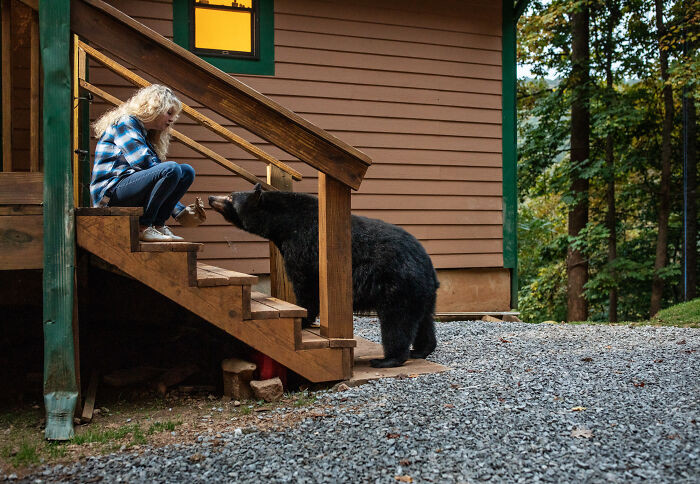 Corey Arnold
Corey Arnold
Corey Arnold's "Cities Gone Wild" project not only redefines our understanding of urban landscapes but also prompts us to reconsider our relationship with the wildlife that shares our living spaces. His photographs present a compelling narrative of adaptation and cohabitation, as wild animals navigate urban jungles, interacting with humans in unexpected ways.
This intriguing interplay of nature and urban life serves as a reminder of our shared ecosystem and the resilience of wildlife. As we appreciate Arnold's stunning imagery, we're also reminded to respect the boundaries of these wild residents, while fostering a harmonious coexistence in our increasingly shared environments.






